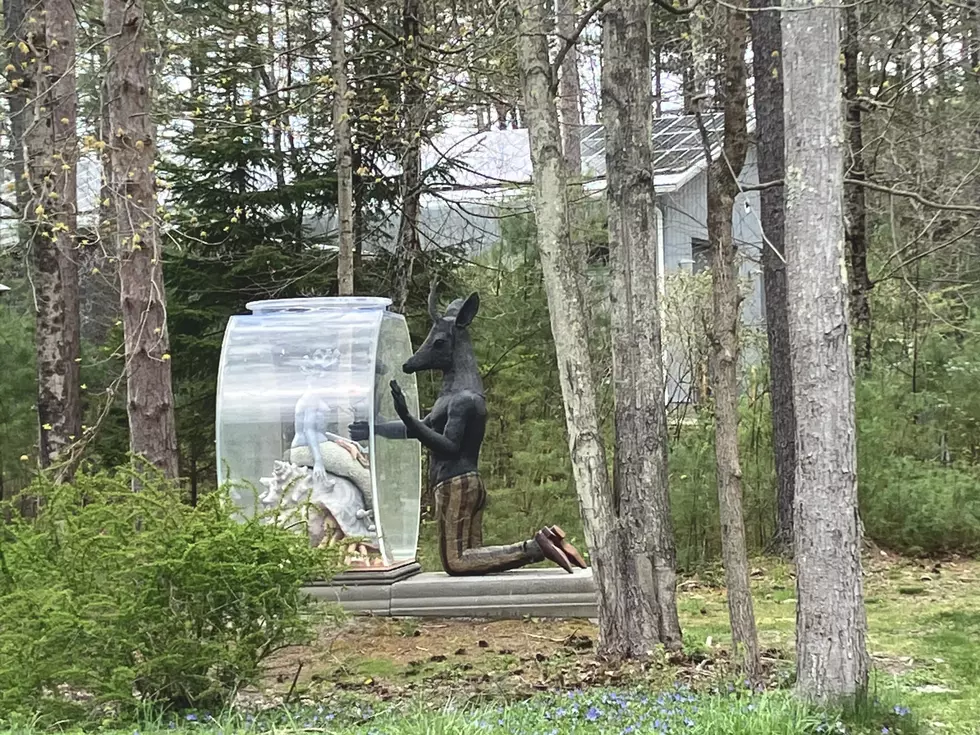
It’s A Bird, It’s A Plane, It’s A Camera!- New Spy Cameras That Mimic Birds
The next time you see a pretty, delicate hummingbird, don't run and get your camera to try and snap a quick picture. You'll have to beware every time you see one or even a flying insect from now on, because they might actually be disguises that encase tiny spy cameras.
It was announced yesterday that the Pentagonhas been putting millions of dollars into the tiny cameras, which will capture audio and video footage. They might eventually be used by policemen and firefighters, not only for spying, but also to detect chemical leaks or to locate people trapped inside a burning or dilapidated building, as the camera drones will be able to glide through small, tight surfaces and areas.
The main idea for the camera is so the military can be able to send in swarms of bugs packed with spy gear in certain situations. The drones could also be sent in to search buildings in urban combat zones. Police are interested in using them, among other things, to detect hazardous chemical leaks, and firefighters could fling them out over a disaster to get better data, quickly.
Besides the hummingbird, engineers in the growing unmanned aircraft industry are working on drones that look like insects and the helicopter-like maple leaf seed.
The bird weighs less than an AA battery, has a 6.5-inch wing span and can fly in all directions at a speed of 11 mph. The camera is located in its belly.
Development started in 2006, and nearly $4 million has been dedicated so far. California's AeroVironment has been in charge of the project since the Pentagon asked them to develop such a camera that was inspired by biology. Matt Keennon has been the senior project engineer for the camera since the beginning.
We were almost laughing out of being scared because we had signed up to do this, he said. It was very daunting up front and remained that way for quite some time into the project. The toughest challenges were building a tiny vehicle that can fly for a prolonged period and be controlled or control itself.
There are some issues with the whole idea though. If the cameras are used outside of battle zones (currently what they will mostly be used for), questions about privacy and the dangers of the winged creatures buzzing around in the same skies as aircraft are being brought up.
Peter W. Singer, author of the book Wired for War, which is about robotic warfare, is taking these concerns into mind and says that they will be discussed further and more in depth as robotics become an increasing part of everyday life. For now, these devices are just inspiring awe.
So what's your opinion on these high-tech, bird-mimicking cameras? Do you think they could eventually be used in real situations, or are they just an idea that will never take off?
More From Q 105.7









